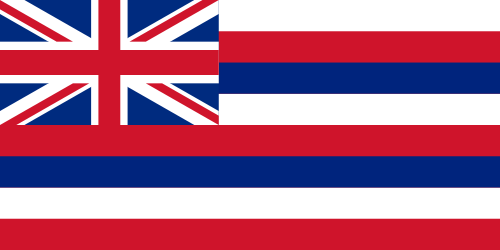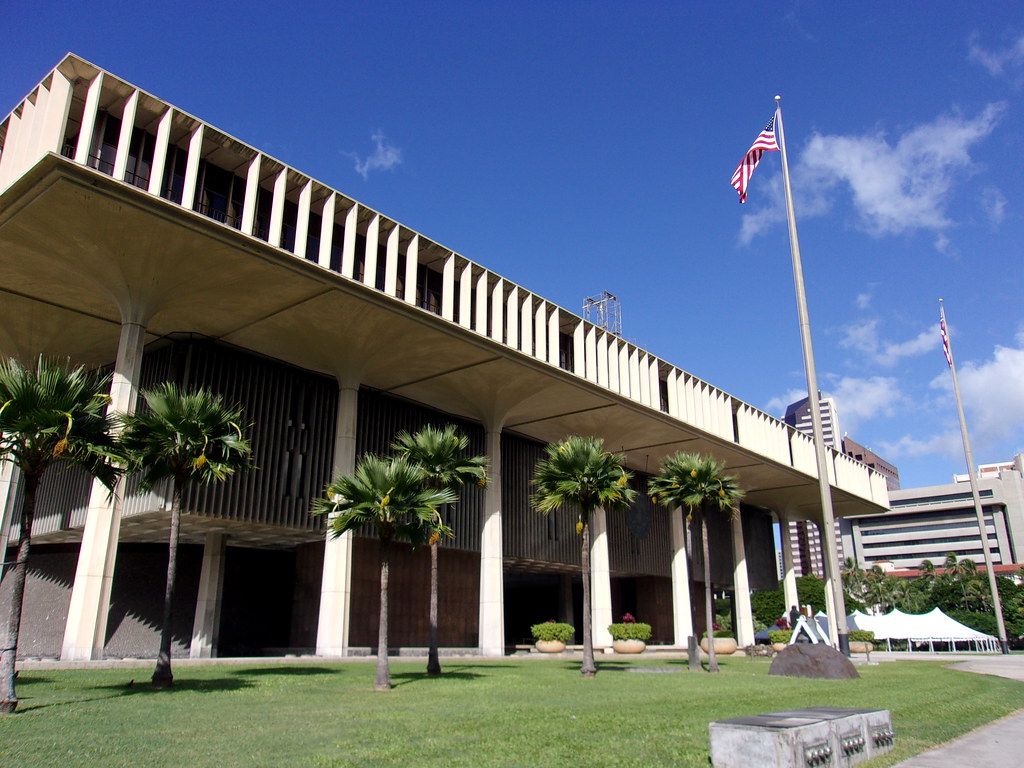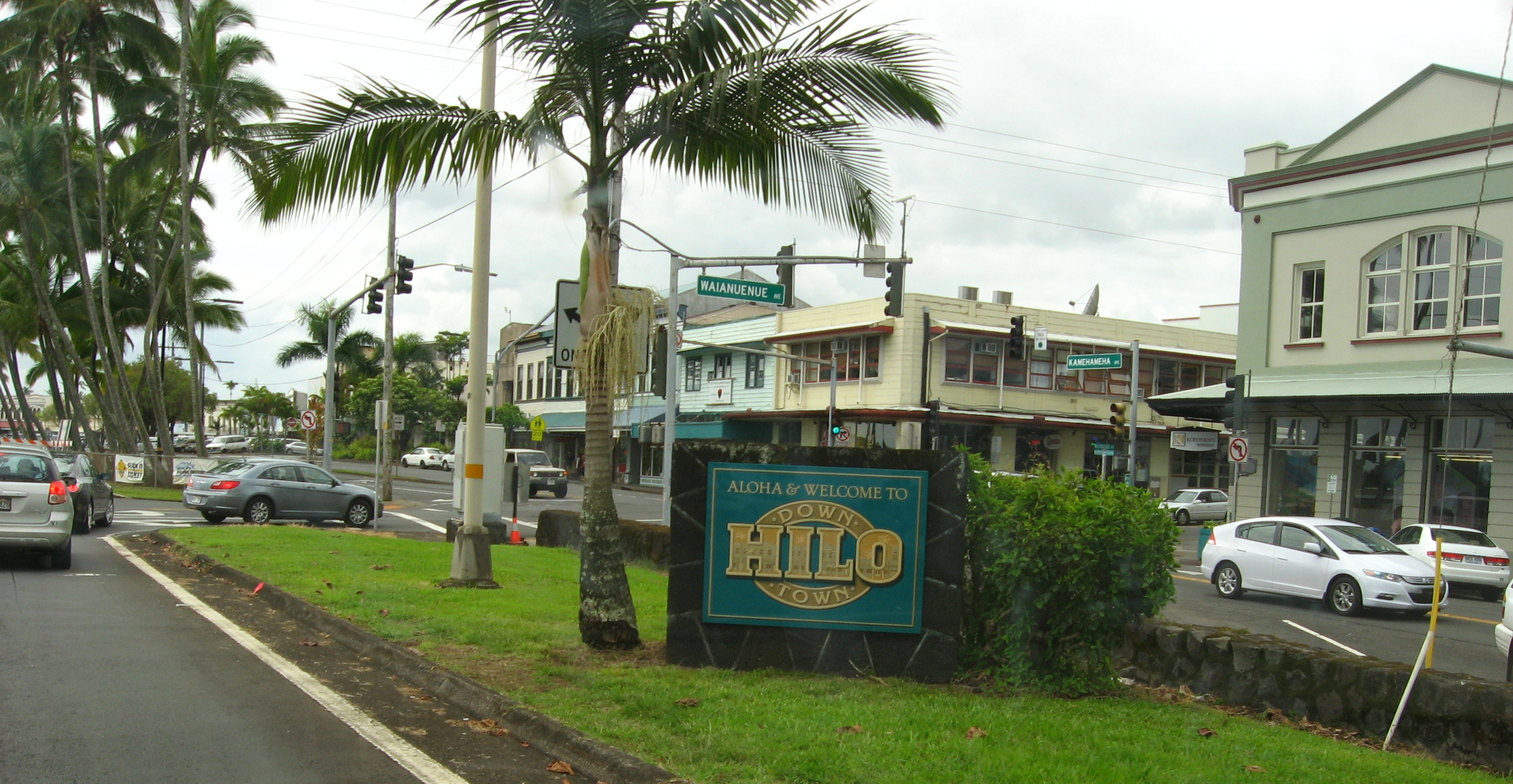Tag: hawaii
-
Contested state legislative primaries increase in Hawaii this year

There are 51 contested state legislative primaries in Hawaii this year, representing 34% of the total number of possible primaries. This is a 65% increase from 2020. A primary is contested when more candidates files to run than there are nominations available, meaning at least one candidate must lose. Of the 51 contested primaries, 36…
-
Hawaii lifts last statewide school mask requirement in the nation

On August 1, 2022, Hawaii lifted its statewide school mask requirement, making it the final state in the nation to do so. The Hawaii Department of Health announced the change on July 12. Thirty-five states required masks in schools at some point since the start of the COVID-19 pandemic. Some requirements specifically covered schools, while…
-
Seven candidates running in Democratic primary for governor of Hawaii

Seven candidates are running in the Democratic primary for governor of Hawaii on Aug. 13. Incumbent David Ige (D) is term-limited. Vicky Cayetano, Joshua Green, and Kaiali’i Kahele lead in polling and media attention. Cayetano co-founded Hawaii’s largest laundry company and served as president and CEO for 34 years. Cayetano said, “My record of building…
-
Hawaii reports increased number of unemployment insurance phishing scams

The Hawaii Department of Labor and Industrial Relations (DLIR) announced April 7 an increased number of reports of phishing scams tied to unemployment insurance claims. The schemes involve scammers who impersonate the DLIR in text messages, emails, and social media posts that ask for personal information that is supposed to relate to unemployment insurance claims.…
-
Final statewide mask requirement ended in Hawaii March 26

The last remaining statewide mask requirement in the country ended in Hawaii on March 26. Governor David Ige (D) announced the end of the requirement on March 8, bookending a series of 10 other states ending their mask requirements throughout February and March. Since New Jersey enacted the first statewide mask requirement in response to…
-
Hawaii enacts new state legislative districts

Hawaii enacted new legislative districts on Jan. 28, 2022, when the Hawaii Reapportionment Commission voted 8-1 to approve a legislative map proposal. The maps will take effect for Hawaii’s 2022 state legislative elections. The commission’s Technical Committee Permitted Interaction Group initially presented the state legislative map plans to the commission for consideration on Oct. 14,…
-
Hawaii enacts new congressional district maps

Hawaii enacted new congressional districts on Jan. 28, 2022, when the Hawaii Reapportionment Commission voted 8-1 to approve a congressional map proposal. Hawaii was apportioned two seats in the U.S. House of Representatives after the 2020 census, the same number it received after the 2010 census. This map will take effect for Hawaii’s 2022 congressional…
-
Keith Hayashi assumes office as interim superintendent of the Hawaii State Department of Education

Keith Hayashi assumed office as interim superintendent of Hawaii’s state department of education on Aug. 1. The Hawaii State Board of Education in June appointed Hayashi to serve as the interim superintendent, after outgoing superintendent Christina Kishimoto announced she would not seek a contract renewal. Hayashi will serve in the role until the Board selects…
-
Hawaii governor appoints Linda Ann Ha‘i Clark to state House of Representatives

Hawaii Governor David Ige (D) appointed Linda Ann Ha‘i Clark (D) to the District 13 seat of the Hawaii state House on July 23. The seat became vacant in June when Ige appointed former state Rep. Lynn DeCoite (D) to the Senate to succeed Jamie Kalani English (D). Clark will serve the remainder of DeCoite’s…
-
Lynn DeCoite appointed to Hawaii State Senate, creating vacancy in state House

Hawaii Governor David Ige (D) appointed Lynn DeCoite (D) to the District 7 seat in the Hawaii State Senate on June 17. The seat became vacant in May when former state Sen. Jamie Kalani English (D) retired due to the long-term health effects of a past COVID-19 infection. DeCoite to serve the remainder of Kalani…

